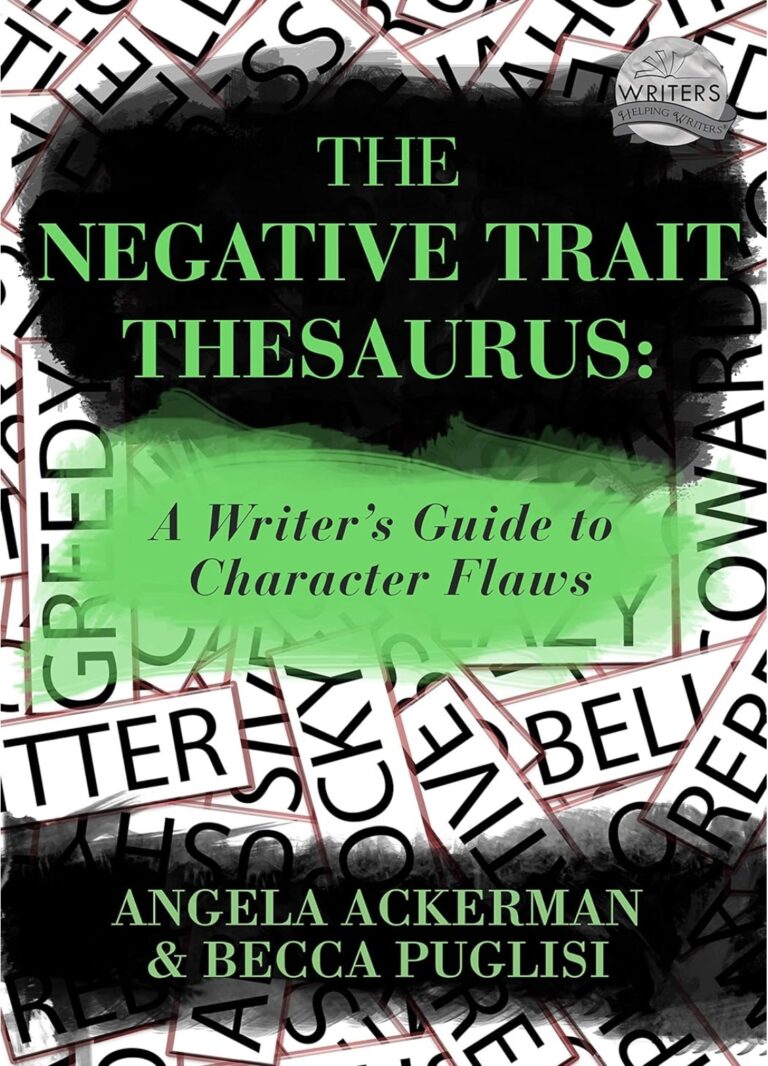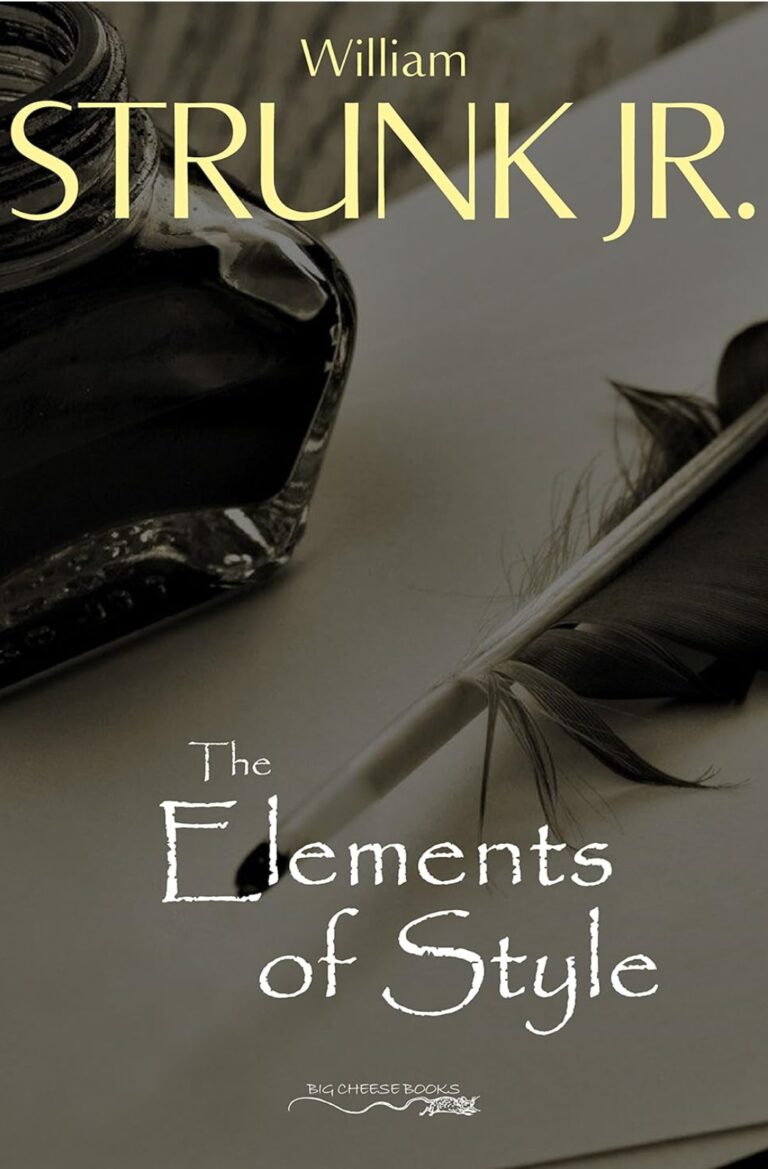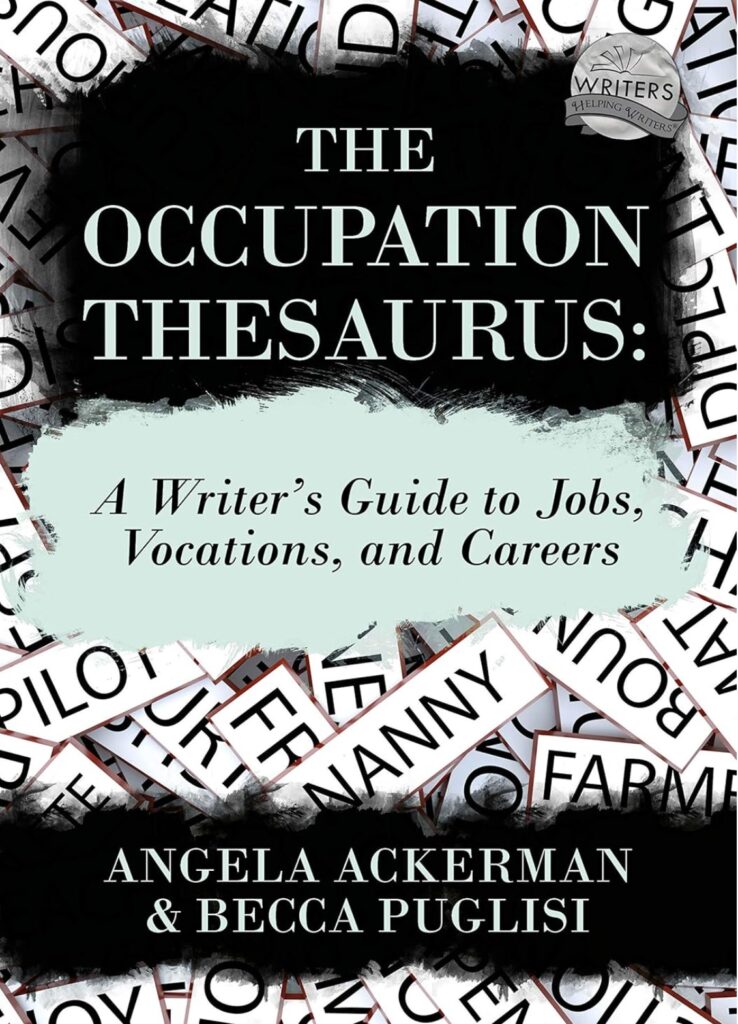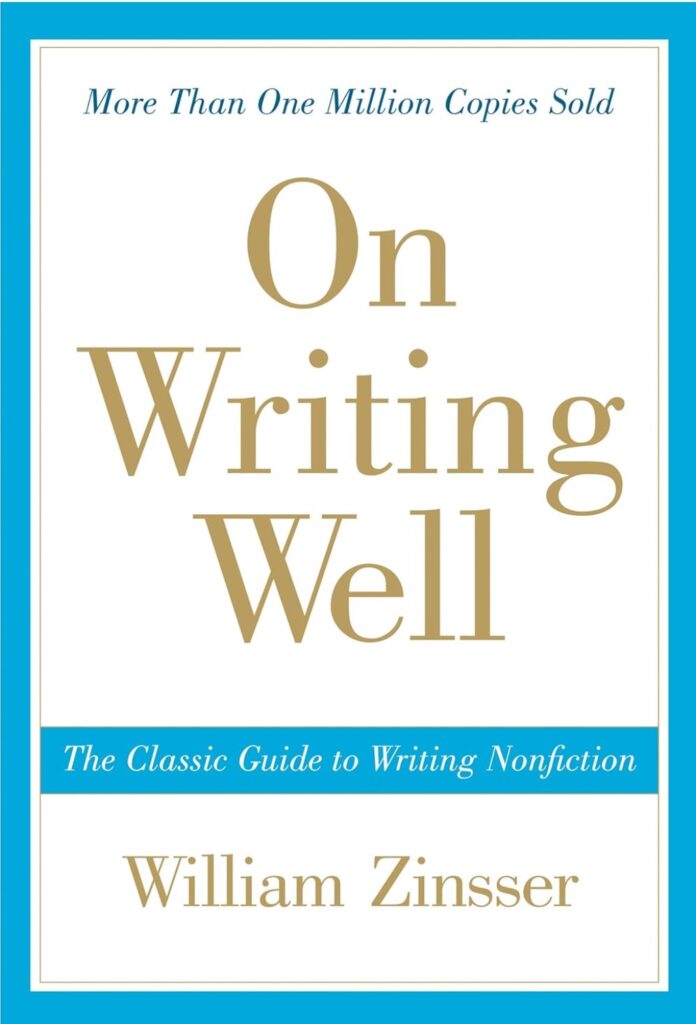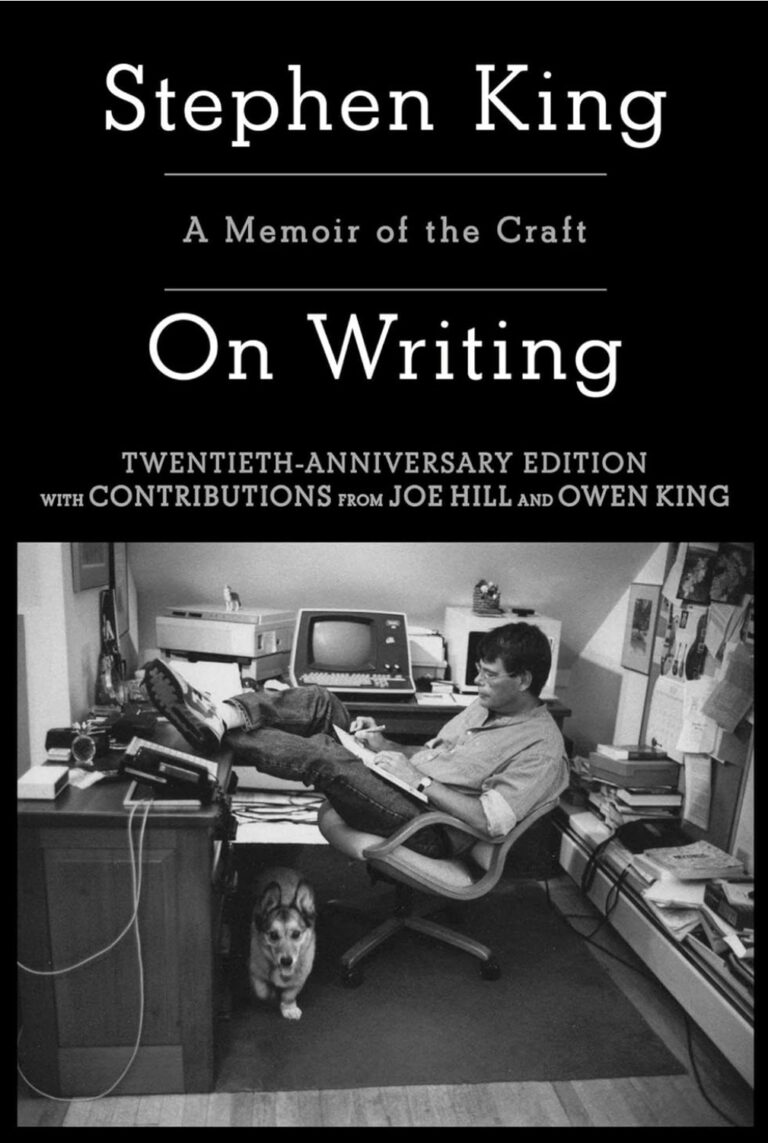Unlock the potential of your characters with The Positive Trait Thesaurus. This essential guide helps you seamlessly integrate positive traits into your stories, adding depth and realism.
Enhance your paranormal and alien romances with multidimensional, relatable characters. Give realistic dimensions to your mystery characters. Craft compelling arcs that resonate with readers.
Transform your writing with practical tips and insights from this invaluable resource. Perfect for creating emotionally rich narratives for stories of all genres.
As a romance author specializing in insta-love stories, I am always on the lookout for resources that can help me create richer, more compelling characters.
One of the most valuable tools I’ve come across is The Positive Trait Thesaurus: A Writer’s Guide to Character Attributes by Angela Ackerman and Becca Puglisi.
This book has transformed the way I develop my characters, particularly in my paranormal and alien romance stories.
Table of Contents
ToggleUnderstanding Positive Traits
The Role of Positive Traits in Character Development
In my experience, positive traits are just as crucial as flaws when it comes to creating believable and relatable characters. They help to balance out the negative traits and make characters more multidimensional.
The Positive Trait Thesaurus provides an extensive list of positive attributes, complete with detailed descriptions and examples of how these traits can manifest in behavior.
This has been incredibly useful in my writing, allowing me to craft characters that readers can root for and fall in love with.
I’ve read the book and used its insights to enhance the protagonist in a story I wrote about a human-alien romance.
The alien hero possesses the trait of compassion, which is central to his character arc. By showing how his compassion influences his actions and decisions, I was able to create a more empathetic and engaging character.
This trait not only makes him more likable but also drives the plot forward, as his compassionate nature leads him to take risks and make sacrifices for the heroine.
Applying Positive Traits to Paranormal and Alien Characters
Crafting Unique Attributes for Supernatural Beings
One of the strengths of The Positive Trait Thesaurus is its versatility. The book’s comprehensive list of positive traits can be applied to a wide range of characters, including supernatural and alien beings.
I’ve found that by giving my paranormal characters distinct positive traits, I can make their experiences more relatable and their arcs more compelling.
In a novella I wrote featuring a werewolf, I used the trait of loyalty to shape the protagonist’s interactions and relationships.
His unwavering loyalty to his pack and his love interest creates both internal and external conflicts that drive the story.
The book’s detailed exploration of loyalty helped me portray the depth and complexity of this trait, making his journey towards balancing his responsibilities and desires more engaging.
Enhancing Character Arcs
Character arcs are at the heart of my stories, and positive traits play a crucial role in their development.
Ackerman and Puglisi’s book provides invaluable insights into using positive attributes to create compelling character arcs. By understanding a character’s strengths, I can craft believable growth and transformation.
In a story I wrote about a ghost, the heroine’s positive trait of resilience is central to her arc. I’ve applied what I learned in the book to depict her struggle to move on from her past and find peace.
Her resilience drives her actions and decisions, making her journey towards acceptance and love deeply satisfying for readers.
Practical Applications and Writing Tips
Integrating Positive Traits Seamlessly
One practical benefit of The Positive Trait Thesaurus is its advice on integrating positive traits seamlessly into the story.
The book emphasizes showing traits through behaviors, dialogue, and internal monologue rather than explicitly stating them. This approach has been incredibly effective in my writing.
For example, in a story I wrote about a minotaur, I introduced his trait of wisdom subtly through his interactions and decisions. Rather than outright stating that he is wise, I showed it through his thoughtful actions and the respect he earns from others.
This not only made his trait more believable but also allowed readers to discover it naturally, enhancing their engagement with the character.
Creating Conflict and Resolution
Using positive traits to create conflict and drive the plot is another key takeaway from the book. Traits can lead to misunderstandings, clashes, and obstacles that characters must overcome, adding tension and making the resolution more rewarding.
In a novella I wrote about a human-ghost romance, the heroine’s trait of bravery creates significant conflict in her relationship with the ghost hero. Her fearless nature leads her to take risks that put her in danger and strain their relationship.
The book’s guidance on handling bravery helped me craft a realistic portrayal of her struggles and her eventual growth towards finding a balance between courage and caution.
Enhancing Emotional Depth
Adding Layers to Relationships
Positive traits add layers to relationships, making them more dynamic and interesting. In my insta-love romances, I use traits to create initial attraction and conflict that characters must work through, leading to deeper connections.
I’ve read the book and used its insights in a story where the hero, an alien, has the trait of curiosity. His inquisitive nature leads to misunderstandings and conflicts with the human heroine, but it also drives their relationship forward as they learn more about each other and their worlds.
This added a layer of complexity to their relationship, making their journey towards love more compelling.
Developing Multi-Dimensional Characters
Multi-dimensional characters are essential for captivating storytelling. The Positive Trait Thesaurus provides a wealth of information on how to develop such characters by combining various traits and showing their impact on behavior and relationships.
In a novella I wrote about a vampire, I combined the traits of kindness and determination to create a complex protagonist. His kindness drives his interactions with others, while his determination helps him overcome obstacles.
The book’s insights into these traits helped me weave them into his character arc, making his journey towards redemption and love more compelling.
Conclusion: A Must-Have Resource for Romance Writers
The Positive Trait Thesaurus: A Writer’s Guide to Character Attributes is an indispensable resource for any writer looking to add depth and realism to their characters.
Whether you’re writing about aliens, paranormal creatures, or humans, this book provides the tools and insights needed to create emotionally rich and engaging stories.
I’ve personally tried and used the techniques from this book in numerous stories, enhancing my characters and narratives.
For anyone writing romance, especially within the realms of supernatural and paranormal, this thesaurus is a valuable addition to your writer’s toolkit.
It not only helps in understanding and depicting positive traits but also in crafting compelling character arcs that resonate with readers.
If you’re looking to elevate your characters and create stories that linger in the hearts and minds of your readers, I highly recommend The Positive Trait Thesaurus.
It’s a resource that I return to time and time again, and it has become a cornerstone of my writing process.
Happy writing!





